Best Golang Books to Buy in December 2025
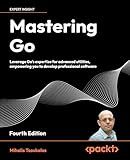
Mastering Go: Leverage Go's expertise for advanced utilities, empowering you to develop professional software


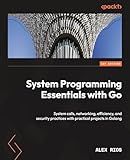
System Programming Essentials with Go: System calls, networking, efficiency, and security practices with practical projects in Golang


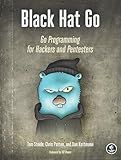
Black Hat Go: Go Programming For Hackers and Pentesters
- MASTER GO PROGRAMMING FOR ETHICAL HACKING SKILLS.
- COMPREHENSIVE GUIDE FOR PENTESTERS AND SECURITY EXPERTS.
- DURABLE PAPERBACK FORMAT FOR EASY READING ANYWHERE.


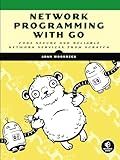
Network Programming with Go: Code Secure and Reliable Network Services from Scratch


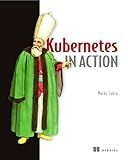
Kubernetes in Action


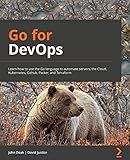
Go for DevOps: Learn how to use the Go language to automate servers, the cloud, Kubernetes, GitHub, Packer, and Terraform


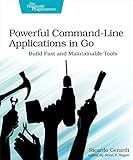
Powerful Command-Line Applications in Go: Build Fast and Maintainable Tools


Golang, a statically typed, compiled language designed for efficiency and reliability, is known for its simplicity and powerful features. Among these features, defer is a keyword that adds a unique twist to handling resource management and function execution.
In this guide, we'll dive deep into understanding the defer statement in Go, backed by a practical example. Whether you're a seasoned developer or someone just starting with Golang in 2025, this article provides insights into best practices with defer and the language's versatile functionalities.
What Does defer Do in Golang?
The defer keyword in Golang is used to ensure that a function call is performed later in a program's execution, usually for cleanup purposes. defer is ideal in scenarios like closing files, unlocking mutexes, or releasing resources, as it guarantees that these operations are executed at the end of the function call in which they are declared.
Syntax and Behavior
The basic syntax for defer is straightforward:
defer functionName(parameters)
Key behaviors of defer include:
- Execution Order: Deferred functions are pushed onto a stack. They are executed in Last In, First Out (LIFO) order when the surrounding function returns.
- Parameter Evaluation: Parameters of a deferred function call are evaluated immediately, but the function execution is deferred.
Example: Using defer for File Handling
Let's consider an example where we use defer for managing a file operation.
package main
import (
"fmt"
"os"
)
func main() {
file, err := os.Open("test.txt")
if err != nil {
fmt.Println(err)
return
}
defer file.Close() // Ensures the file is closed when the surrounding function completes
// Perform file operations...
fmt.Println("File opened successfully")
}
In this example, defer file.Close() guarantees that the file will be closed after main() completes, regardless of whether errors occur during file processing.
Exploring More of Golang in 2025
If you're diving deeper into Golang, understanding how different components work together is essential. Here are some areas you might explore further:
- Time Functions in Golang: Explore how to handle timestamps and time manipulation in Go through this comprehensive guide.
- SQL Mocking: Learn effective strategies for mocking SQL queries with this detailed resource.
- JSON Encoding/Decoding: Decode the intricacies of working with JSON in Go by following this practical tutorial.
Choosing the Right Golang Books
As tools and languages evolve, keeping your knowledge updated is crucial. Here are tips for choosing the best Golang books in 2025:
- Check for Recency: Ensure the book covers the latest Golang updates and practices.
- Author Expertise: Look for books written by experienced Go developers or contributors to the community.
- Comprehensive Coverage: Opt for books that include practical examples, exercises, and cover both basics and advanced topics.
By understanding defer and exploring the broader Golang ecosystem, you're equipped to write more efficient and cleaner Go code. Happy coding in 2025!
